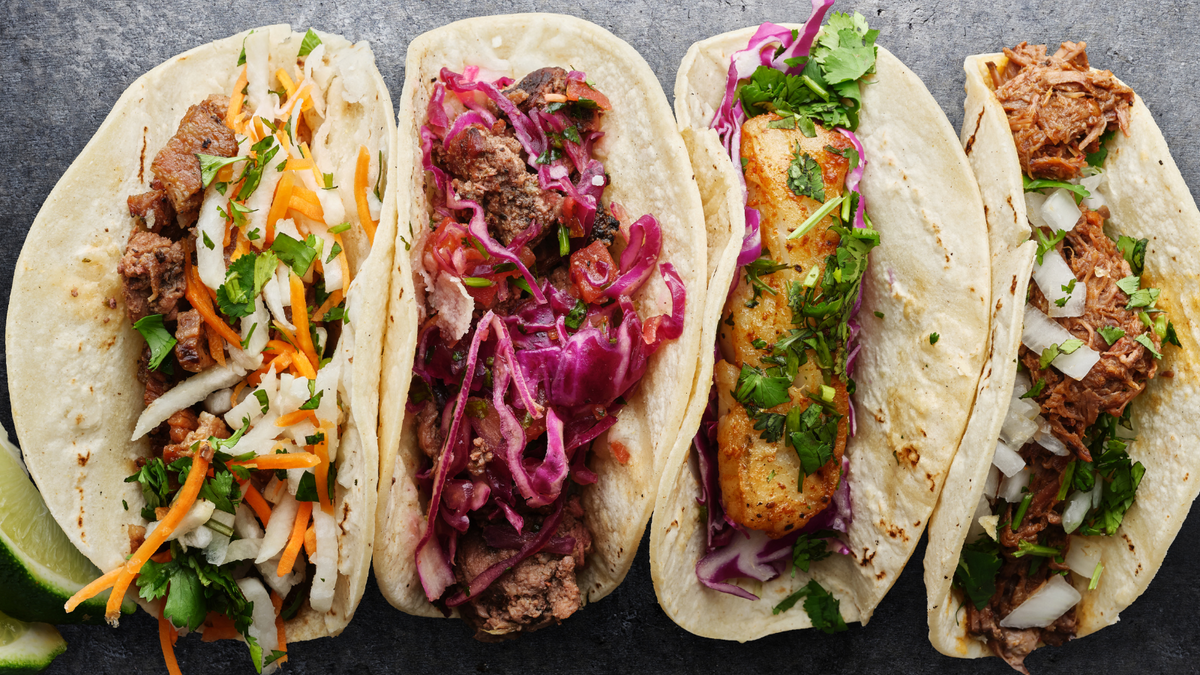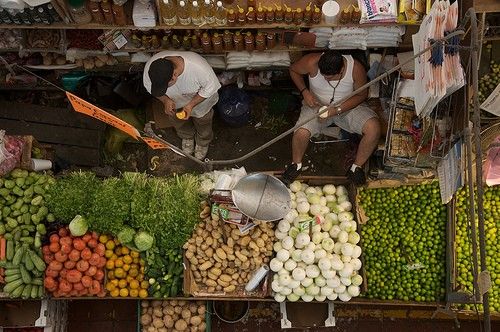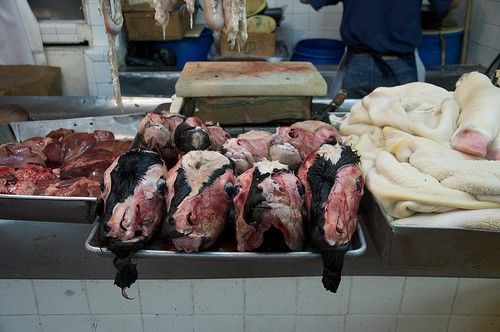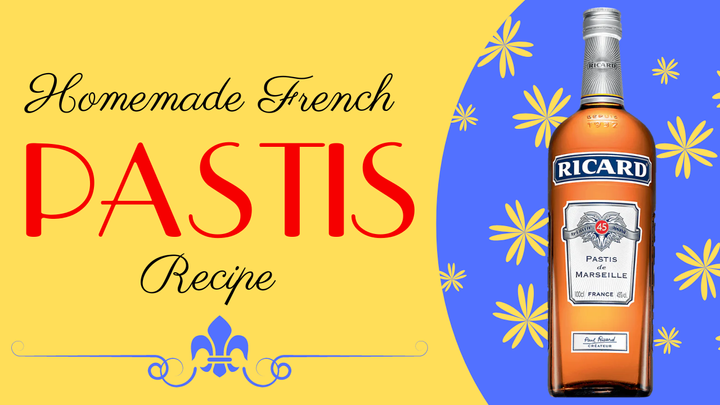Paula of Guadalajara, Mexico: A Testament to Dr. Weston Price
We just got back from our Christmas trip to visit family in Texas. I had the most interesting talk with the woman sitting next to me on the plane. I feel compelled to share it with you all.

We just got back from our Christmas trip to visit family in Texas. I had the most interesting talk with the woman sitting next to me on the plane. I feel compelled to share it with you all.

The Wisdom Gleaned from Immigrants
I love talking to immigrants from so-called “developing countries”. I can spend hours talking with them. Why? Because I want to know how they did things in their country, how they ate, how they cooked, what their family’s health was like.
Every single time I talk to an immigrant from a developing country (for example, India, Mexico, Honduras, Russia, Guatemala, and so on), I’m struck by two things:
1) Growing up, they ate traditional foods just like Sally Fallon Morell, president of the Weston A. Price Foundation, describes in her book, Nourishing Traditions.
2) They all had excellent health (at least in their youth), particularly dental health. They almost always have wide faces, good bone structure and perfect teeth.
In the 1920s and ’30s, Dr. Weston Price studied people from around the world eating traditional diets with almost no dental decay and no need for braces or orthodontic treatment. You can read his book, Nutrition and Physical Degeneration.
Paula from Guadalajara, Mexico
The woman sitting next to me on the plane was named Paula. She was 56 years old, born and raised in Guadalajara, Mexico. Paula told me that she was one of nine children, raised by a poor, single mother. She went on to give birth to six children here in the United States.
When I asked her what she did for a living, she said she used to work in the field, picking apples in Washington State. A migrant farm worker. But then she started having severe neurological problems. She said she didn’t know what caused it, but when she was sleeping she would bite her tongue, have spasms, and accidentally wet the bed. I asked her if she had worked on an organic farm or if they sprayed pesticides. She said no, it was not organic. She had never connected the pesticide spray with her neurological problems, but in my mind that’s an easy link.
She and her family moved to Modesto, where she now works in a factory (processing frozen bell peppers) and thankfully, she doesn’t suffer anymore from the spasms.
Paula’s Upbringing on Traditional Foods
Paula’s teeth were like gleaming pearls. Perfectly spaced, with no crowding. She had a wide face with high cheekbones. I asked her what her mother fed her and her brothers and sisters when they were little.
This is what she told me:
Chicken and fish broth (“caldo” — they make the broth with the heads and feets of the chickens or the whole fish including the heads), eggs, meat, including lots of organ meats (including liver, tripe, kidneys, heart, bone marrow, and tongue), raw milk (“still warm from the cow”), cod liver oil (“aceite de hígado de bacalao”), and lots of rice and beans. I asked what fat they cooked with and she said lard.
I asked her if she had ever made Higado Encebollado (Mexican Liver & Onions). She said fondly, “Oh yes, one of my favorites.”

Questions for Paula
I was so curious, I couldn’t help but ask Paula a bunch of questions.
“Did you have braces?” I asked, pointing to my mouth.
“No,” she said, shaking her head.
“Your brothers and sisters?”
“No. No braces.”
“What about your children? Did they need braces?”
“No,” she said.
“None of your children had braces? What did you feed them?”
She told me that she fed her kids the same things she grew up eating. Liver, eggs, fish, lots of “caldo”, rice, beans.
I asked if she gave her children cod liver oil and she said, “Yes, my mother sent it to me from Guadalajara to give to the children.”
I asked her how many times a week her children got dessert. I thought maybe she’d say once a week.
She said, “Usually every night.”
She said she would make them a “jello” (she meant pudding or custard) made from milk, butter, vanilla, and just a tiny bit of sugar.
She’d also make them “arroz con leche” or rice & milk custard, made with milk, butter, rice, raisins, cinnamon, and a tiny bit of sugar.
She said she cooked all the food from scratch, partly because they could not afford processed or restaurant food, but also because she didn’t trust it. She said she has never trusted “frozen food”, nor does she use the microwave.
She said she still makes everything from scratch to this day. On the weekend, she makes fresh salsa that they use throughout the week.
Cavities?
Interestingly, she said when she was a child, she and her brothers and sisters did not have cavities. But her children, while they did not need braces, did have some cavities and she has had some cavities as an adult.
I wonder if it’s because the milk and butter we get in America is not raw and is usually not from grass-fed cows. (Cows that are not on pasture do not produce a lot of vitamin K2, which is critical for the body’s use of calcium for bones and teeth.)
She also said she commonly gave her children “avena” (oatmeal) for breakfast. She didn’t say anything about soaking it so I wonder if maybe this was part of the problem.
Soaking oats used to be commonplace a century ago, but it fell out of fashion. Unfortunately, unsoaked oats are very high in phytic acid, which blocks mineral absorption — minerals that are necessary for building strong bones and teeth.
Learning to Love Liver
One thing Paula said that really blew me away was that, to this day, all of her children love everything she cooks.
Including all the organ meats — liver, tripe, tongue, and so on. I’m always struck by the fact that most grandmothers and great-grandmothers I meet tend to love offal. But the fact that her children all love it speaks volumes.
I think when children are exposed to new foods repeatedly, they become accustomed to them and over time, they learn to love them.
My mother said when we were little and we moved from New York to San Antonio, Texas, we hated Mexican food at first. We wanted the Italian food we had been eating for years.
But my mom said she just kept exposing us to it and we learned to love it. To this day, Tex-Mex is my comfort food.
Similarly, one of my grandmother’s favorite foods is liver and onions. Like most mothers a century ago, my great-grandmother insisted on serving liver and onions once a week.
What I Learned From Paula
One of the things I learned is we must expose our kids to good, nourishing foods, even if they resist. Se must feed them nutrient-dense foods that most kids hate — like liver and heart and oysters and mussels.
They won’t like it at first. They’ll reject it and rebel. But keep doing it. Keep exposing them. In time, they will learn to love it. And then they will crave it.
Like I crave nachos with sour cream and guacamole. And my grandma craves liver. Makes me wonder if I serve liver more often, will I start to crave it more? Will my family as well? (I think the answer is yes.)
Another thing I took note of is that both Paula and her mother were very poor. And yet they still managed to raise a passel of healthy children who did not require braces.
One of the biggest objections I hear to eating traditional foods is the cost. Everyone says they can’t afford it. But Paula and her mother did it. If they can do it, so can we.
Maybe it means eating more brown rice and beans. It definitely requires cooking more from scratch. Paula and her mother (who is still alive and well in Guadalajara) still cook everything from scratch. Everything.
Maybe it means keeping chickens or a cow or some goats. Maybe it means not buying everything organic. Paula buys food from the Mexican market, the farmer’s market, and Costco. It’s not organic but it is nutrient-dense.
Maybe it means not buying luxury American food items like peanut butter (which isn’t good for you anyway — too high in phytic acid, unless the nuts are soaked). Maybe it means we eat more organ meats like liver, and make broth out of bones — which is cheaper than eating steak, and better for you, too.
The point is, it can be done. If a migrant farm worker with six children can do it, we can, too.
And isn’t our children’s health worth it?
I hope Paula’s story inspires you. It certainly inspired me. I’m making arroz con leche tonight.
Photo credit: prendio2 on Flickr



Comments ()